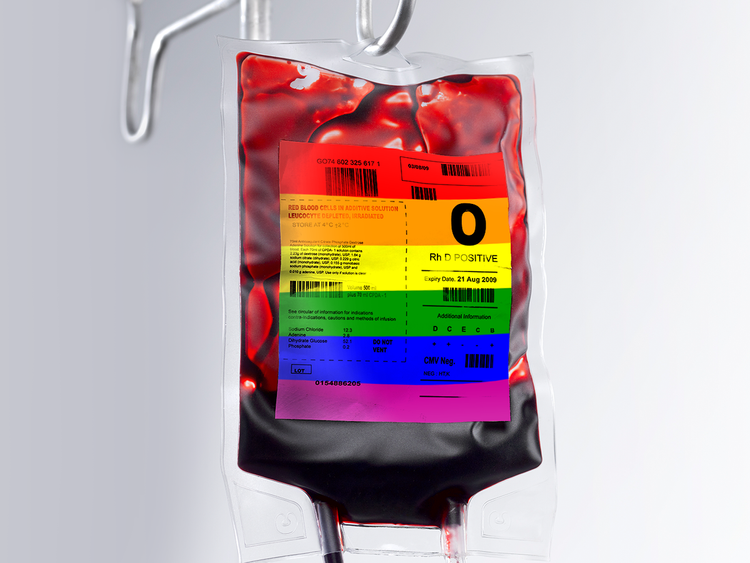Healthcare and Asimov's Laws

While the actual overturning of Roe V. Wade happened a little while back, with the rise of AI and robots, a conversation with a friend the other day got me thinking about the possible and even scary link that is the connection between Asimov’s rules of robotics and the whole concept of “First, do not harm” that all medical professionals take an oath to adhere to.
~~~~~~~~~~~~~~~~~~~
Science fiction author, Isaac Asimov, in his short story in 1942, proposed three principles of robotics to regulate the actions of mechanical beings. However, these regulations also provide a structure for investigating the conduct of medical personnel. Asimov's rules can shed light on the challenges faced by healthcare providers in the wake of the Supreme Court's decision to overturn Roe v. Wade, particularly in the southern United States. Let’s take a look into this idea(ls)… shall we?
1. A robot's first and foremost rule is that it must never intentionally hurt a human being or passively allow one to be harmed. This rule of law can be interpreted as the "do no harm" concept in the medical field. Medical staff are instructed to put their patients' needs first at all times. What this implies is that they have an obligation to provide care that is both ethical and effective, even if it conflicts with their values or those of their community. However, since Roe v. Wade was overturned, it has become more challenging in the southern United States for medical professionals to provide this level of treatment. Healthcare providers may soon be put in a precarious situation as the availability of safe, legal abortions decreases. They may have to choose between providing subpart care or suffering possible legal repercussions for providing care that is technically within their purview but not within the scope of the law.
According to the first rule of robotics, medical professionals owe it to their patients to provide them with safe and effective care, regardless of whether or not doing so is legal.
- A computer must follow human instructions, according to the second law of robotics, unless doing so would violate the first law. This rule of law can be interpreted as the concept of doing what is required by the law when providing medical care. When it comes to patient treatment, doctors and nurses must adhere to strict legal and professional guidelines. As a result, they must abide by the law even if doing so conflicts with their morals or those of their society. However, since Roe v. Wade was overturned, in some southern states there is now an inconsistency between the law and the professional code of conduct. Medical professionals in the medical field are barred by law from aiding patients in obtaining safe, legal abortions, but they are obligated to do so in accordance with their code of ethics. In this situation, the second law of robotics could be used to argue that doctors and nurses should obey the law even if doing so conflicts with their values or those of their patients.
- If defending one's own life doesn't go against the first or second laws of robotics, then it's the robot's duty to do so. This rule of law can be interpreted as the concept of self-preservation in the field of medicine. The greatest care for patients can be provided when medical professionals put their own health first. This necessitates that they take precautions to safeguard not only their bodily but also their mental and professional well-being. However, since Roe v. Wade was overturned, it has become increasingly challenging for healthcare workers, in the southern United States, to safeguard their own safety. If they provide services that are within their competence but against the law, they could suffer serious consequences. Here, the third law of robotics could be invoked to support the idea that medical professionals have an obligation to look out for their own safety, even if doing so prevents them from giving their patients the best treatment possible.
In conclusion, Asimov's laws can serve as a helpful framework for analyzing the behaviors of healthcare practitioners in the southern regions of the United States, where state laws negate the Roe v. Wade decision. In spite of the fact that the laws were developed with the intention of controlling the behavior of robots, they are also applicable to the analysis of the ethical and moral conundrums that are faced by medical practitioners. One could make the case that healthcare should be free to use the first rule of robotics.


